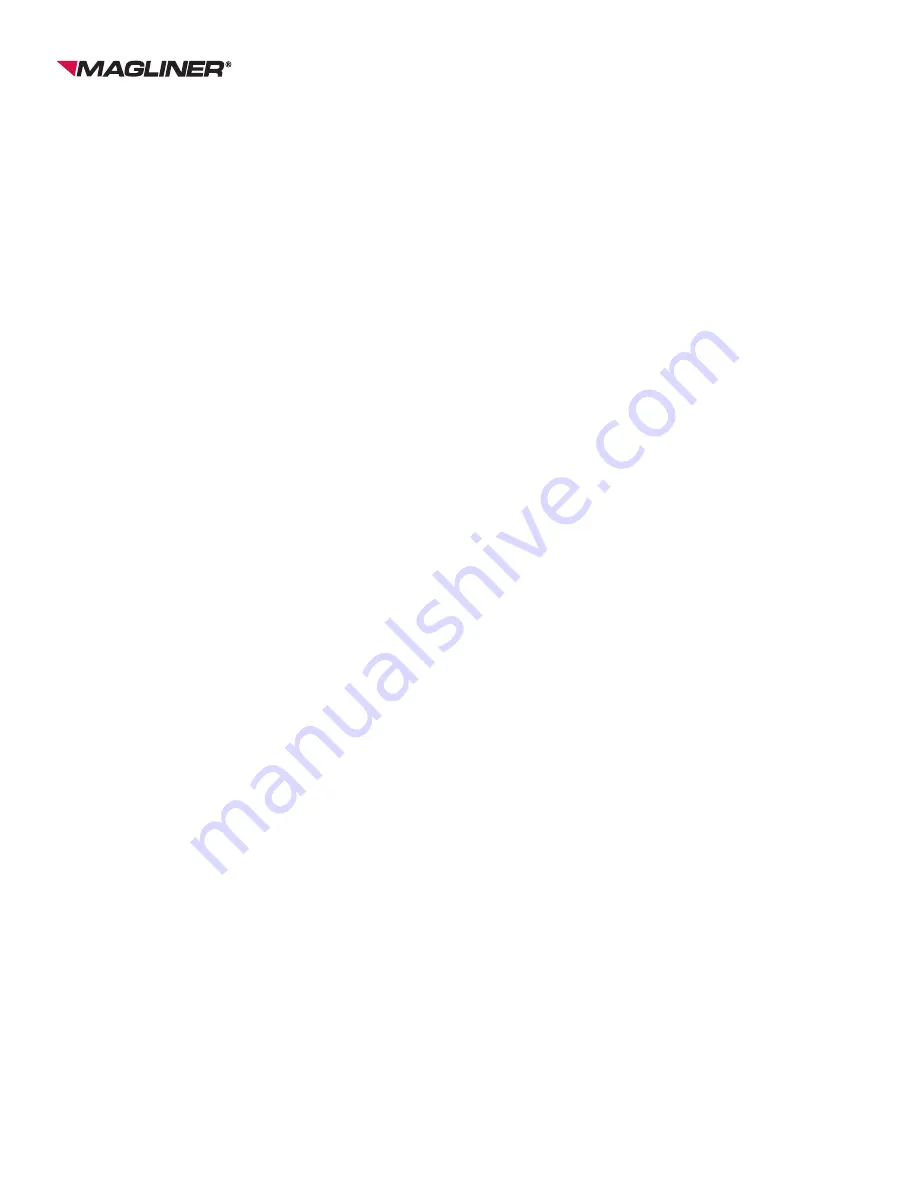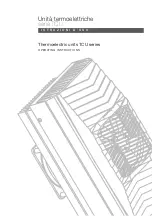
1-800-MAGLINE (624-5463)
Page 44 www.magliner.com
CooLift
®
CHANGING HYDRAULIC PUMP
TOOLS NEEDED:
7/16” WRENCH
11/16” WRENCH
1/2” WRENCH
10mm WRENCH
13mm WRENCH
#3 PHILLIPS HEAD SCREWDRIVER
DRIP PAN
ABSORBING MATERIAL (for containing spills)
Note: It is important to keep the CooLift upright at all times.
CAUTION:
Hydraulic fluid is an extreme slip hazard on any flooring surface.
Hydraulic fluid can be a skin irritant in rare instances and should be washed off
with soap and water.
If hydraulic fluid is exposed to the eye, flush immediately and continuously
for 15 minutes.
1)
Place the CooLift on a level flooring surface with the holding brake engaged.
2)
Turn off main power switch.
3) Disconnect and remove the batteries.
4) Disconnect each wiring harness (B) from the pump connections using the 10mm and 13mm
wrenches.
5)
Disconnect the hydraulic line (A) that connects the pump to the bulk head fitting located in the
base plate at the pump end using the 11/16” wrench and drain as much of the hydraulic fluid as
possible into the drip pan.
6) Remove the three screws (F) that hold the pump mount plate (C) to the vertical slides using
the #3 Phillips head screwdriver. NOTE: Take care to support the pump and pump mount plate
when taking out the screws to avoid dropping on your fingers.
7)
Set the pump assembly (D) to be replaced on the floor or a bench in an upright position resting
on the pump reservoir and remove the three pump mount screws (E) located on the back of the
pump mount plate (C) using the #3 Phillips head screwdriver.
8) Secure the new pump assembly (D) to the pump mount plate (C) using the three previously
removed screws and tighten using the #3 Phillips head screwdriver.
9) Secure the pump mount plate (C) to the vertical slides using the three previously removed
screws and tighten using the #3 Phillips head screwdriver.
10) Reconnect the hydraulic line (A) back on the pump body using the 11/16” wrench.
11) Reconnect each wiring harness (B) to pump connections using the 10mm and 13mm wrenches.
12) Reinstall the batteries.
13) The hydraulic system should be purged of all air within the system (see Bleeding the Hydraulic
System).
















































